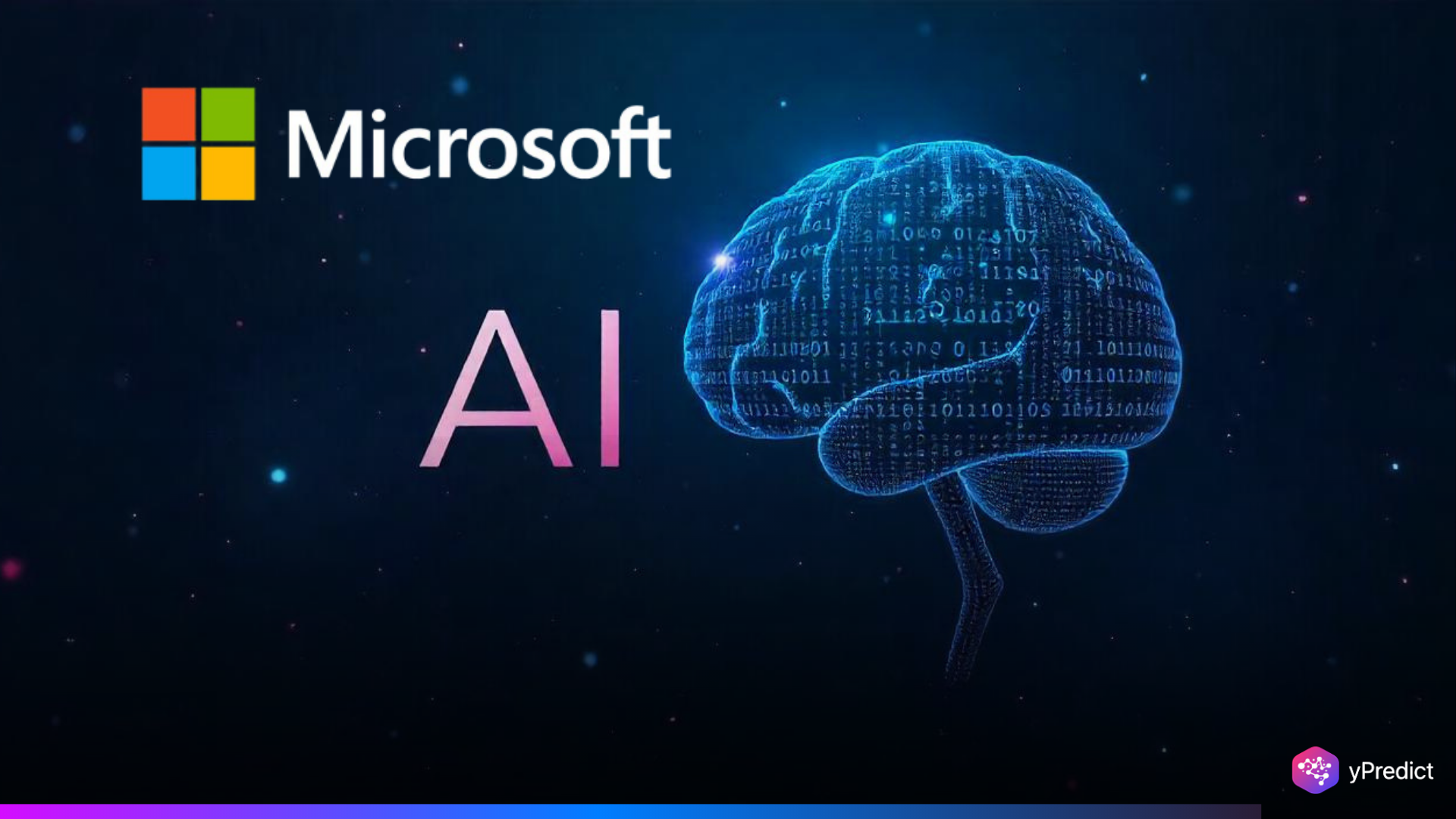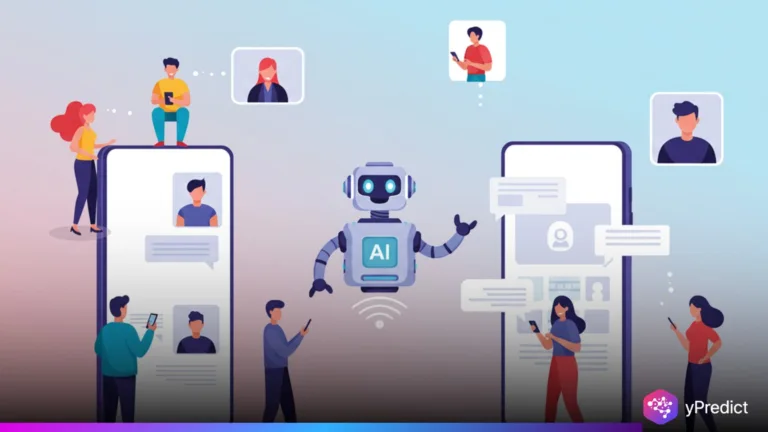
AI-powered scams are becoming more dangerous as cybercriminals use advanced tools to execute fraud. According to Microsoft’s latest Cyber Signals report, over $4 billion in fraud attempts were stopped between April 2024 and April 2025.
The report reveals how generative AI has made it easier for criminals to create fake e-commerce platforms, job listings, and tech support traps. In response, Microsoft is deploying layered defenses through its Secure Future Initiative and AI-integrated platforms to control this alarming trend.
The Rise of AI-Powered Scams
Microsoft’s report titled “AI-powered deception: Emerging fraud threats and countermeasures” shows how even low-skilled threats are now creating scams with minimal effort. AI tools have reduced what used to take days to mere minutes. These AI tools can scan the web for company data, mimic customer reviews, and automate social engineering tactics. This has increased to fake websites, phishing attacks, and misleading online personas.
Cybercrime is changing due to the democratization of fraudulent tools, which has an impact on businesses and consumers worldwide. Microsoft’s anti-fraud division reports blocking an average of 1.6 million bot signups per hour. Countries like China and Germany, where the digital economy offers the perfect setting for such threats, account for a large portion of this activity.
Can You Spot These AI-Driven Tricks?
Among the most common forms of AI-powered scams are fake e-commerce sites and job scams. Fraudsters now create entire online storefronts complete with AI-generated images, descriptions, and fake reviews. These sites reflect authentic businesses so well that customers are often deceived into paying for nonexistent goods. AI-powered chatbots even delay refunds by using scripted interactions that feel authentic.
Job scams, in which criminals use generative AI to create fake job advertisements, interview questions, and phishing email campaigns, are equally concerning. These scams target freshers, tricking them into submitting personal information or even bank details. Informal communication channels and pressing requests for private information are warning indicators.
Microsoft has rolled out fraud prevention features across its system. Windows Quick Assist incorporates scam alerts before allowing remote access. Microsoft Defender for Cloud also plays a role by protecting cloud-based assets. On average, 4,415 suspicious Quick Assist attempts are blocked daily.
Microsoft Builds Smarter Walls Against Digital Crime
Microsoft’s internal systems are getting stronger as AI-powered scams become more advanced. Its Secure Future Initiative mandates all teams to integrate fraud prevention measures during the product development phase. This ensures that all tools are designed to resist exploitation from the ground up.
Additionally, Microsoft is working with global law enforcement through initiatives like the Global Anti-Scam Alliance. The company has already rejected over 49,000 fraudulent partnership applications, highlighting its proactive stance. Enhanced threat intelligence and real-time detection systems aim to keep pace with cybercriminals.
Attention from both customers and businesses will be crucial in the future. From deploying deepfake detection to enforcing multi-factor authentication, every layer helps. However, only flexible, AI-powered defense tactics will be able to withstand criminals’ continued exploitation of new technologies.
Bottom Line: Fighting Smarter in a Fraud-Filled Future
AI-powered scams are a global threat to digital trust. Microsoft’s efforts, including massive fraud detection systems and strict design-level defenses, mark a crucial step toward long-term solutions. However, users must also remain alert. Verifying job offers, scrutinizing websites, and staying informed are critical. The fight against this new era of fraud depends not just on innovation, but on shared awareness and resilience.






